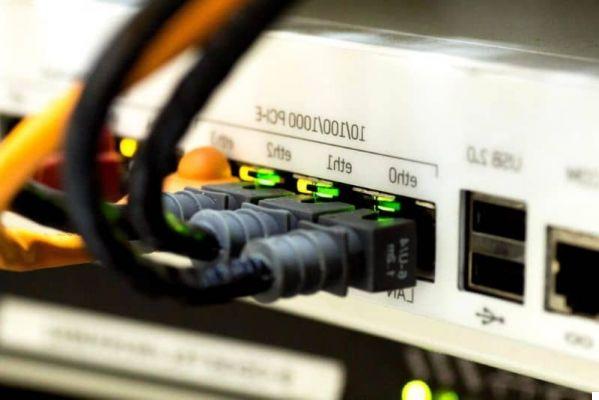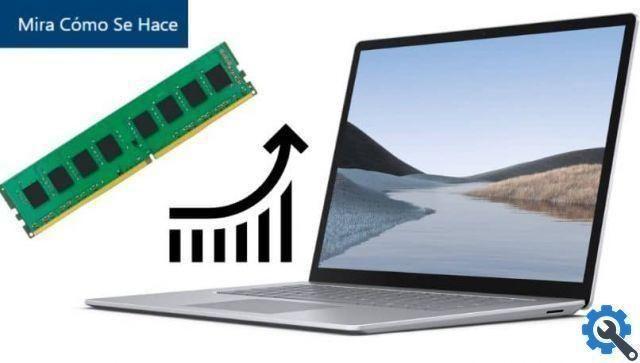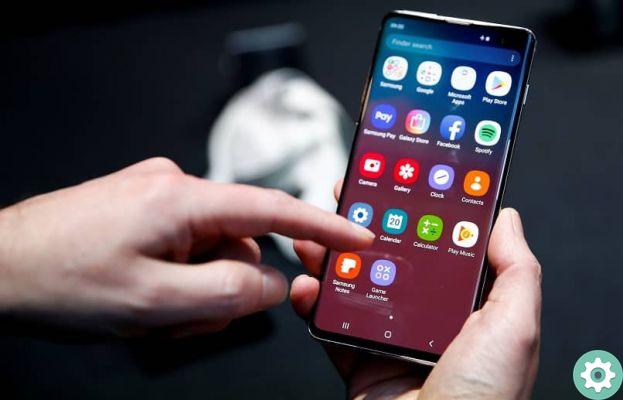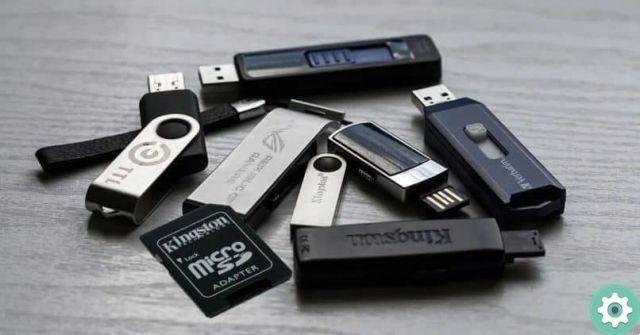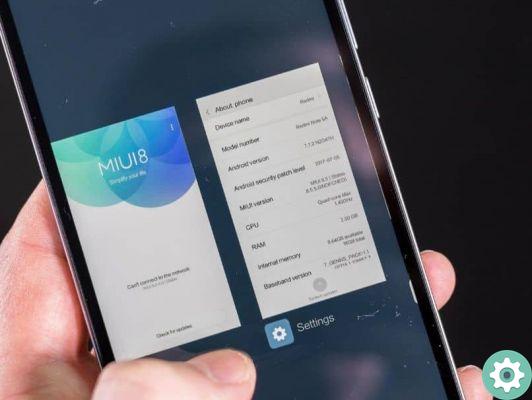5G is a reality, and it is already among us ... more or less. The reality is that 5G today it is very different from what will be present in our cities in a few months or years. And it is that the differences between 5G NSA and 5G SA they are more important than many imagine.
But in what how are both technologies really different? Now that major operators already offer 5G coverage in Spain and implementation tests have already begun in Latin America, it's more important than ever. clarify concepts and know the real differences between the two types of 5G.
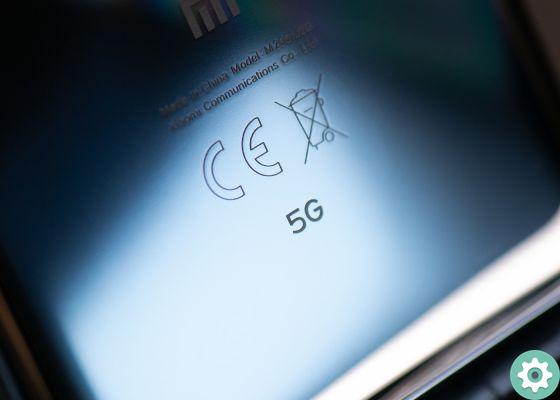
5G on an Android mobile from 2020.
What is 5G NSA?
Some refer to this technology as a 5G that "is not real", since it does not offer the maximum speed that this type of network technology can offer.
And is that to work, 5G NSA uses existing 4G network infrastructure in most countries, as well as the protocols necessary for the transfer of data between the 5G antennas and the rest of the elements that make up the network.
However, communication between our mobile phones and network antennas takes place via 5G protocols. Therefore, it is imperative that our device is equipped with a modem compatible with 5G networks.
5G NSA refers to Non-Stand Alone, which refers to its need for use the 4G network infrastructure to operate. In this sense, it is worth mentioning that despite using a different infrastructure than the 5G SA, the radio spectrum it is the same for both types of 5G.
In any case, the 5G NSA is equally capable of offering higher browsing speed and lower latency. To be exact, the 5G NSA is capable of delivering speed up to 2 Gbps and response times of just 10 milliseconds.
It also makes use of technologies suitable for improve connection stability even in the most complex situations.
We ourselves were able to see what it is like to use 5G NSA networks with a compatible mobile phone, coming to the conclusion that although the potential is there, and undoubtedly the higher speed and lower latency are two advantages to be taken into consideration, there are still aspects to improve before talking about 5G as the ultimate replacement for 4G networks.
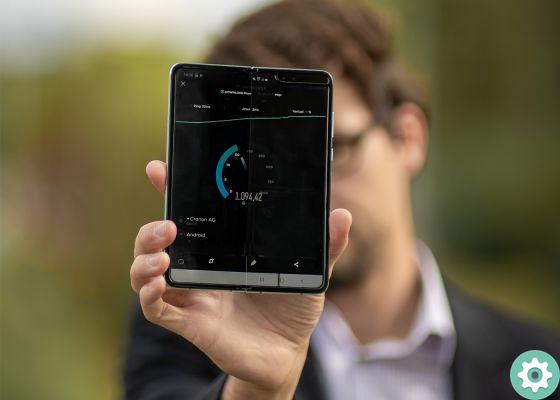
Faster connection speeds are one of the great benefits of 5G.
What is 5G SA?
The 5G. Good. The true one. When we talk about 5G SA –Stand Alone–, we are referring to a series of protocols and architectures which will require structural changes in the network infrastructures of each of the countries that will implement this technology.
His arrival will take place in the second phase of the deployment of 5G networks and, instead of using existing networks, it will require an evolution towards architecture known as 5GNR –o 5G New Radio–.
It is also the technology that will stand out to the millimeter wave o mmWave spectrum of which has been talked about so much in recent months, and which it refers to frequencies that are between 24 and 100 Ghz, supported by small cell towers and smaller ranges., which entails greater costs and efforts in development and distribution, although at the same time it will offer more stable connections in densely populated centers.
Obviously this is the technology you get will allow to take full advantage of 5G networks in terms of benefits such as transfer rate or latency.
5G NSA vs 5G SA: speed, structure and architecture
We already know how 5G SA and 5G NSA work theoretically. Now, you need to stop at most important differences that we find between the two technologies.
- As for the speed, the 5G NSA promises transfer speeds of up to 2 Gbps in download and up to 150 Mbps. The 5G SA, the theoretical download speed starts at 20 Gbps.
- Latency is another of the improved points. With 5G NSA, it's reduced to 15 milliseconds, although it won't be until the arrival of 5G SA when we can enjoy response times of just 1ms.
- Its architecture: it is also different. The 5G NSA is based on the current 4G antennas with Evolved Packet Core –EPC as defined by 3gpp–. For its part, 5G SA requires an evolution to the 5G New Radio architecture, with bands below 6 GHz, the so-called 5G sub 6, and millimeter bands in each of its two frequency ranges.
When will 5G SA arrive in Spain and Latin America?
But let's talk about the important, when will you be able to use 5G? First of all, it is worth mentioning that the first thing you will need to enjoy 5G, of any kind, it's a mobile phone with an integrated 5G modem.
Furthermore, not all mobile phones compatible with 5G will be compatible with 5G SA networks: only those that have ready-made processors, such as the Qualcomm Snapdragon 865 with X55 modem.
Taking that into account, we can now see how is the situation of 5G distribution in Spain and Latin America.
In Spanish territory, Vodafone was the first to offer 5G NSA coverage. It did so at the end of 2019, free of charge to customers of its contractual fees.
Subsequently, in 2020, Movistar announced the activation of its 5G networks, confirming that, by the end of the year, the 75% of the population would have coverage.
Finally, Orange and the MásMóvil group through Yoigo - but using Orange's network - were the operators who started offering 5G to its customers.
In any case, the implementation of 5G Standalone in Spain it won't start until late 2020 or early 2021 when the infrastructure is ready.
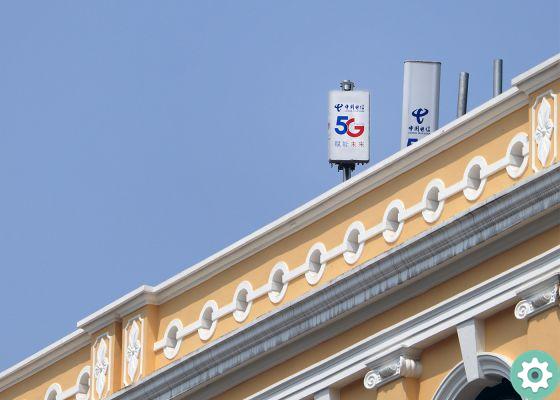
A new 5G network antenna.
Things change in Latin america. Although several US operators have already started offering 5G to their customers, in regions such as Colombia, Uruguay or Argentina the implementation of this technology is still being tested.
In Colombia, major operators are already struggling to be the first to offer 5G connectivity, although the reality is that the its deployment is not expected until 2021 or 2022.
And so also for the other regions of Latin America: despite the promises and efforts of the operators, in most cases the 5G is still being tested and it is very likely that we will have to wait, at least, next year to see real progress in this direction.
Things aren't much better neither in Mexico, which despite having coverage from some US carriers, does not yet have a 5G provision. Indeed, recent reports suggest that such technology will not be ready until at least 2021.
What is clear is that if 2020 was the year of the diffusion of 5G globally, 2021 will be a decisive year for the arrival of new networks in most countries of the world, both in Europe and in America, and that sooner or later the 5G The NSA will be relegated to the background. In the meantime, we just have to wait for the sector to advance sufficiently and, above all, for the 5G phones come down in price.







